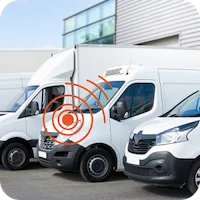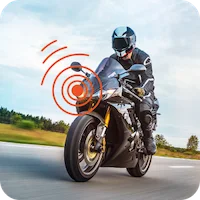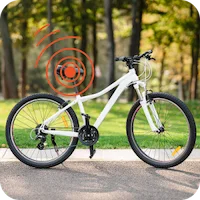How Does A Real-Time Vehicle Tracking System Work?
Table of Contents
Whether you want the peace of mind of being able to track your personal vehicle or you’re a business owner wanting to track your fleet, a real-time vehicle tracking system has many uses. From providing location information, vehicle performance, and driver behaviour data to monitoring driving hours and improving efficiency, you can gain many benefits from implementing a real-time tracking system. While the advantages of using a tracking system are easy to see, you may be less sure how a real-time tracking system actually works. Keep reading to find out all you need to know about in-vehicle tracking in real time.
How Does Real-Time Tracking Work?
Real-time vehicle tracking, also referred to as in-vehicle telematics, uses GPS (global positioning system) to track a vehicle’s location. However, the capabilities of in-vehicle telematics extend beyond providing real time location data. Businesses can also boost the productivity and efficiency of their fleets using vehicle and driver performance data provided by the tracking system. So, how does the system gather this data and how does it communicate the information?
GPS Tracking Device is Installed inside the Vehicle
Firslty, the telematic device is fitted inside the vehicle. The device may be hardwired to the vehicle, or it could be battery-powered.
Once the GPS tracking device is installed in the cab, it picks up signals transmitted by GPS satellites that continuously orbit the Earth. Using the GPS signals, the tracker calculates the vehicle’s precise location. This is called trilateration and involves the system measuring how long it takes for the signal to travel to the receiver from at least three different satellites.
The Data is Transmitted
After the information is gathered via GPS and satellites, it needs to be transmitted to be used. For real-time data to be reliably transmitted, the GPS tracker needs to be connected to a cellular network.
Poor signal reception can cause the transmission to fail. Choosing a real-time vehicle tracking system with a multi-network 4G SIM card is essential to provide reliable real-time tracking. This means that the GPS tracking system isn’t dependent on just one cellular network. Instead, it can stay connected even when the vehicle travels through areas with unreliable signal reception.
Real-Time Communications Sent to Fleet Management System
Telematic data can be transmitted to either a fleet management system or another device. For this data to be delivered in real time, the GPS tracker’s position must be continuously transmitted back to the fleet management system. This data is transmitted via a secure server, ensuring that it remains confidential and preventing it from potentially being intercepted by hackers.
Choose the Right Real-Time Tracking System for Your Needs
Choosing a real-time tracking device that uses a SIM is vital to ensure the device can connect to a cellular network. This continuous connection ensures two-way communication can take place between the tracking device and the fleet management system. Essential data can then be delivered in real time to drive fleet productivity and efficiency.







